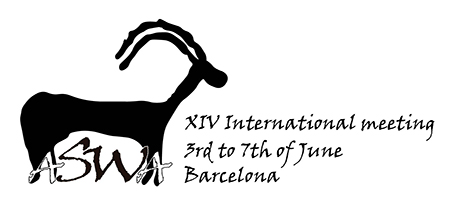This study investigates the behavioral and structural conditions of caprine domestication at Aşikli Höyük, an early Pre-Pottery Neolithic site in Central Anatolia (Turkey). Recent research has established that caprines—mostly sheep—were held captive on site as early as 8.4 cal BCE (Stiner et al. 2014; Mentzer 2018). Significant changes in the nature and scope of caprine management unfolded over the ensuing millennium, based on evidence from caprine age and sex structures. Controlled comparisons of the Aşikli caprine demographic data to that from Paleolithic, Epipaleolithic and later Neolithic sites put the results in larger economic and evolutionary perspectives. Culling was very biased to immature stock during the earliest occupations at Aşikli, whereas caprines lived well into their reproductive years in the later levels. Substantial increases in harvesting efficiency are apparent with time, as well as greater optimization of fat yields in meat or milk. Thus by a distinct evolutionary pathway, later PPN folk returned to prey age preferences similar to pre-LGM foragers. The Aşikli data expose a major contradiction, however, in that zooarchaeological, phytolith, isotope and geoarchaeological evidence clearly demonstrate human manipulation of the caprines, while there was no significant change in mean body size. While strong artificial selection by humans is often accompanied by body size diminution in the managed population across generations, this did not happen at Aşikli (Buitenhuis et al. 2018). The peculiar age structures of the Aşikli caprines in Levels 5 and 4 suggest a distinct mode of animal recruitment, probably collecting live lambs and kids when hunters killed their mothers, that was gradually replaced by successful stock breeding. Even so, the practiced may have continued at lower levels, diluting human selection effects on caprine body size by maintaining heterozygosity in the captive population. These results contribute to our understanding of the endemic development of caprine management at Aşikli. Once considered to represent an early westward expansion of PPN communities from the Fertile Crescent, it is now clear that the Aşıklı Höyük community was a formative part of Neolithic emergence.
|
|
|
By author > Duru Gunes
An Early Pathway to Sheep Domestication at Aşikli Höyük (Central Anatolia, Turkey): Evidence from Age and Sex Structures
| Online user: 1 | RSS Feed |

|

 PDF version
PDF version